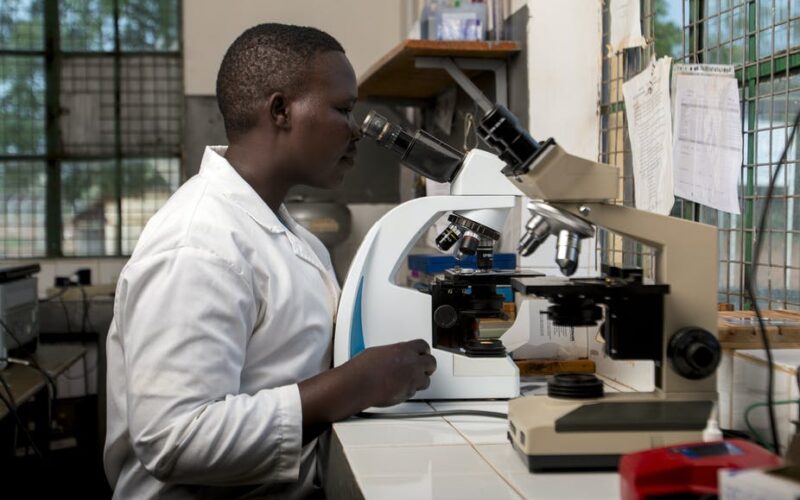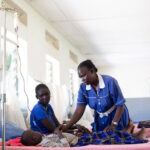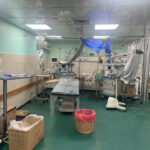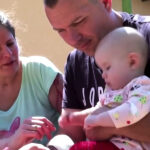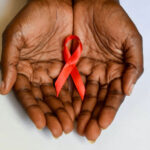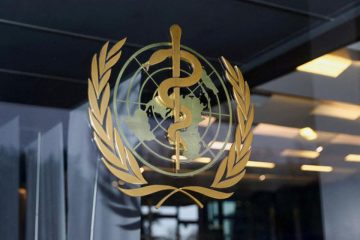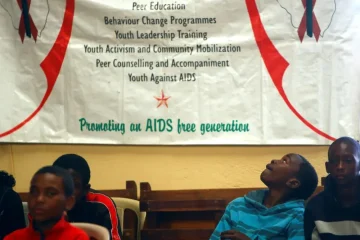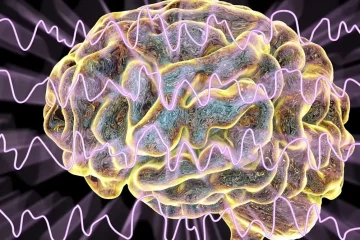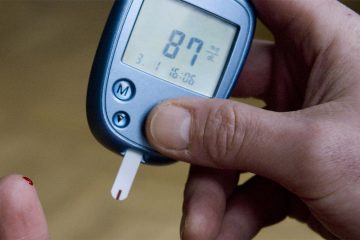AS a young medical doctor over 30 years ago, I had an experience no doctor wants to have. One of my patients, a young boy, died in my arms as we rushed him to the referral hospital in Nairobi, Kenya, to receive treatment.

He had visceral leishmaniasis, a disease also known as kala-azar, which is transmitted by female sandflies. He had been brought 250 km from his village in Baringo because at that time the treatment was only available at our clinical trial site hospital in Nairobi. But we were too late.
Visceral leishmaniasis is an infectious disease that is not rare: 600 million people in the world are at risk. Yet it is classified as a neglected tropical disease – a group of 20 preventable diseases that threatens more than 1.7 billion people globally. Africa carries almost 40% of the worldwide burden.
In 2012 the World Health Organisation (WHO) set targets to control, eliminate or eradicate neglected tropical diseases. This attracted a lot of commitment and investments. More than 30 countries have since eliminated at least one neglected tropical disease as a public health problem. For example, in 2020, Togo became the first African country to end sleeping sickness as a public health problem. And Malawi is one of the countries that has eliminated elephantiasis.
But there still aren’t enough tools to diagnose, treat, and prevent all these diseases. Neglected tropical diseases continue to cause tremendous suffering and death. Innovation is urgently needed to fill the diagnostic and treatment gaps and support is required for medical research.
Challenges and progress
These diseases largely affect people in the poorest regions, living in remote areas, urban slums or conflict zones. In many cases the only treatments that exist have a low cure rate and some have side effects so severe they can kill some patients. Effective, accessible, and safe treatments are sorely lacking.
Ineffective therapeutics are not only difficult for patients to take but also have a devastating impact on their social and economic life. For example, a patient with visceral leishmaniasis in Eastern Africa still has to spend over 17 days in a hospital to receive two daily injections of sodium stibogluconate and paromomycin. This is an improvement from the previous 30-day sodium stibogluconate injections alone, but patients must still endure the daily injections and hospitalisation throughout the treatment.
And in Sudan and neighbouring countries, mycetoma, a disease transmitted by a simple thorn prick, slowly nibbles the flesh and limbs of a patient, before causing death. Existing treatments have only a 35% cure rate and amputation is usually the only “treatment” available.
But it’s not a hopeless situation.
One example is the advancement in the treatment for second-stage sleeping sickness. Previously, the treatment was a highly toxic drug that killed 1 in 20 patients. But my non-profit research and development organisation, the Drugs for Neglected Diseases initiative (DNDi), and its partners have developed a simple all-oral treatment that can cure all stages of the disease with just a few pills.
Another example is the treatment of visceral leishmaniasis. Twenty-two years ago the best treatment was a highly toxic 30-day treatment. Now there’s a 17-day treatment. Hospital stays are reduced and treatment is cheaper. Clinical studiesfor easy-to-administer oral treatments are currently in the initial stages.
One of the key ingredients for success has been sustained commitment to research, development and innovation. For example, in the Democratic Republic of Congo, new tools and unwavering control strategies have brought the number of new cases for sleeping sickness down from tens of thousands per year to under 1,000.
Clinical trials were successfully conducted in remote regions for a fraction of the traditional pharmaceutical cost and led to the development of the breakthrough drug fexinidazole. This was achieved through partnership between the Congolese government, local researchers, the pharmaceutical company Sanofi, and DNDi.
Partnerships like this demonstrate how far medical research and political leadership can go in addressing the needs of neglected patients.
Looking ahead
The WHO has set new targets to control and eliminate neglected tropical diseases by 2030 in a new Roadmap.
African leaders have already shown the initial commitment. For the first time a neglected tropical disease index was included in the African Leaders Malaria Alliance scorecard for accountability and action two years ago. The inclusion of neglected tropical diseases was seen as recognition of the severity of these illnesses in member states. It provided a unique opportunity to increase political will, investment and accountability for these diseases.
This was a good initial first step.
But current and future leaders need to be more involved. They can influence innovation and shape the policies that will lead to the control, elimination or eradication of neglected diseases. With commitment to find better tools that diagnose and treat these diseases, the unacceptable suffering of patients and neglected communities can finally be brought to an end.

